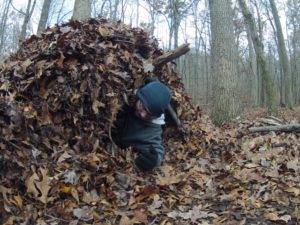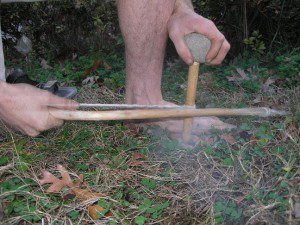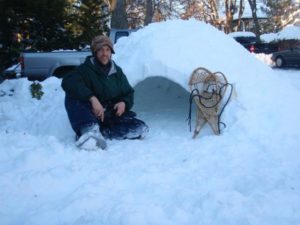While most people may think of primitive skills/bushcraft in purely practical terms (e.g. making a shelter to stay dry, firemaking to cook and keep warm), an often overlooked aspect of learning and practicing these skills, is the community and sense of empowerment that comes from being in nature.
When I began working at the Wood Wise summer camps, the bulk of my nature experiences, like most people from cities and suburbia, came from yearly camping trips with my family. I remember our tried and true method of making a fire: drive to the camp site’s store, buy firewood and then douse it in lighter fluid and light in the fire pit. Fire in addition to being one of humanity’s earliest and most important discoveries is also a community builder. Most can attest to the comradery and familiarity that a camp fire brings.
When I started working at Wood Wise Camps, I was introduced to Bow Drill:
Bow Drill is one of the oldest fire making tools, consisting of a wooden bow, tied with some form of cordage, a hearth board, a handhold, and a spindle. It has been used by people from North America to Egypt. The Egyptian style of Bow Drill has been used since around 2000 BCE, The Egyptian bow drill differs from other styles by tying the spindle to the string using a clove hitch and then wrapping the excess cord around it.
One of the activities we did at camp, was group bow drill. Seeing a group of around six people, pushing and pulling a rope, easily working in tandem to reach our goal of fire, reminded me of something I think we’ve lost in modern society, community. For most of our history, people lived in smaller, more connected communities with every person having a role to play in it. I think by practicing these skills and getting back to nature, we not only gain survival skills but a direct link to how our ancestors lived.
I would consider myself to be a fairly shy and withdrawn person, but being able to connect with this small pocket of community and to act as a Mentor with these skills, has grown my confidence. I have seen this same transformation take place in the kids I’ve taught, children have come to programs shy and timid but upon getting into the woods, building debris shelters and experiencing nature, they come alive.
Today, it’s important to engage in a community that encourages cooperation and sharing of ideas and technique, especially as trends show every subsequent generation growing more isolated than the last. I can not think of a better way to connect with others and your environment than to learn and practice the skills that our ancestors used to survive and thrive.
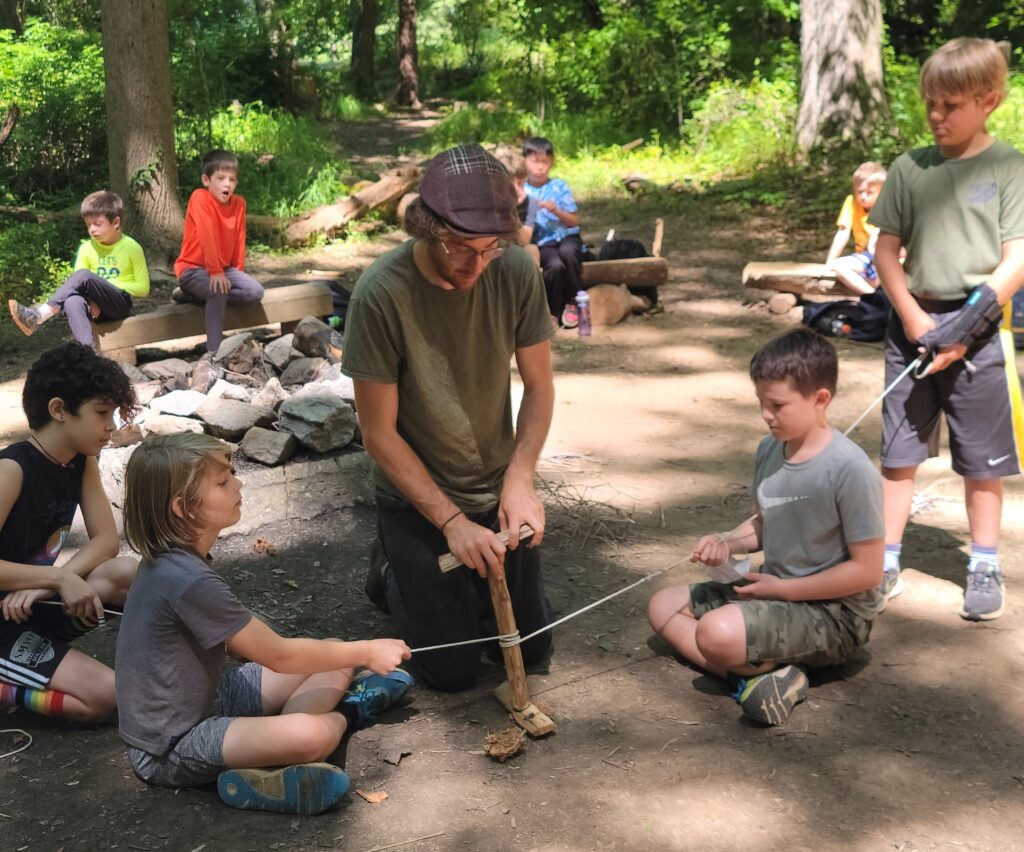
By Ben Kamm (Field Instructor in Training)
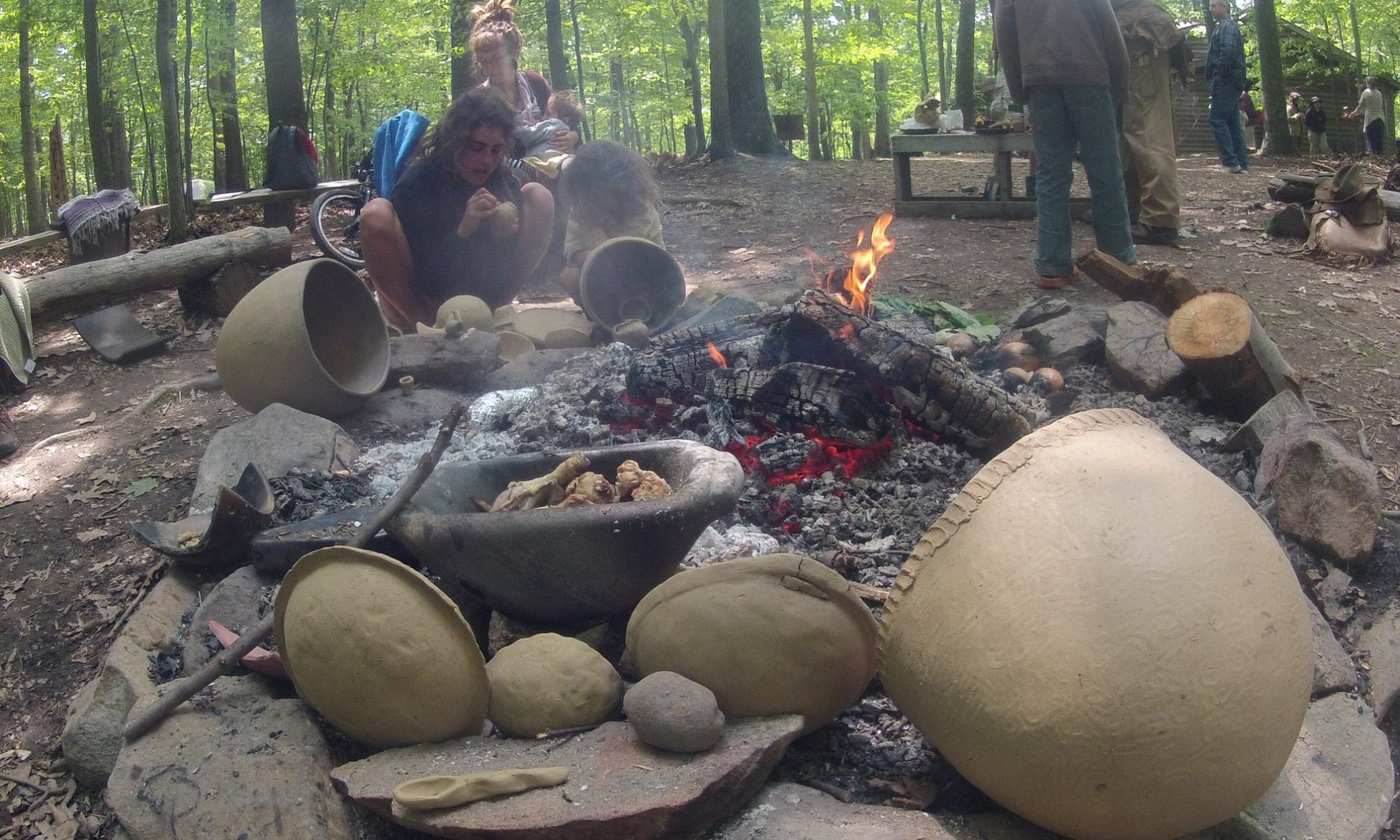

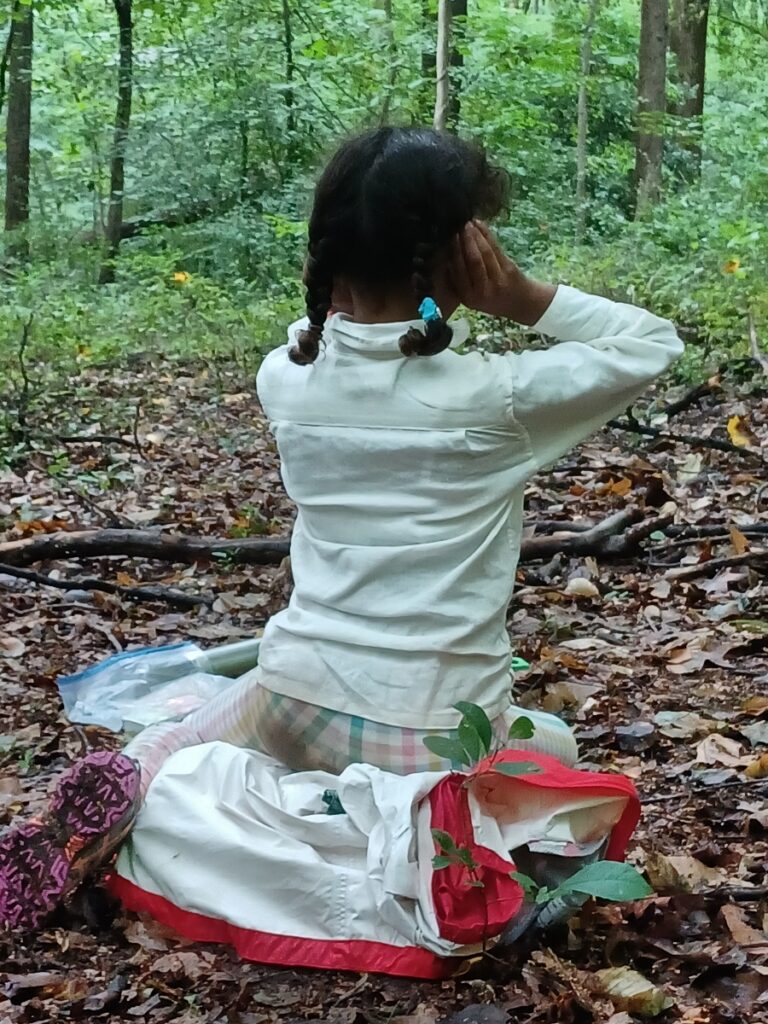
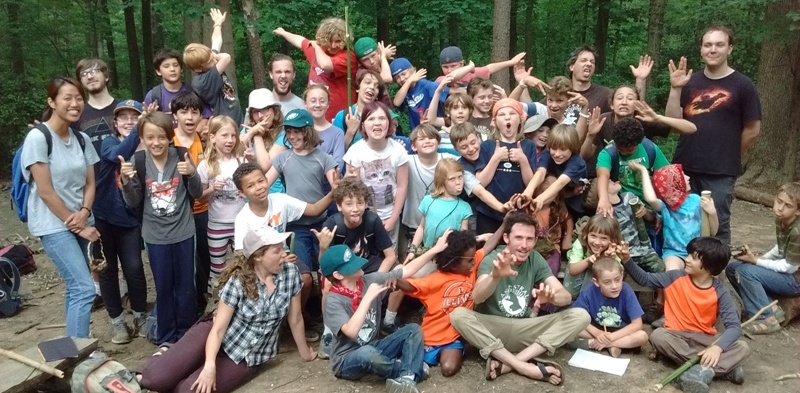
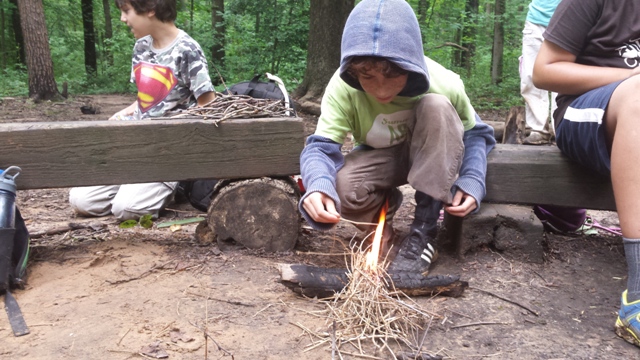
 Nature empowers females (Notice that we call her Mother Earth, not Father Earth.). Although there are certainly laws of nature that must be “obeyed,” we generally don’t think of the planet in paternalistic terms. It’s difficult to behold the abundance of life brimming forth from every nook and cranny of this bizarre space rock and not feel the power of the womb, and realize that the forces at play are the maternalistic ones of nurturing, caring, and giving.
Nature empowers females (Notice that we call her Mother Earth, not Father Earth.). Although there are certainly laws of nature that must be “obeyed,” we generally don’t think of the planet in paternalistic terms. It’s difficult to behold the abundance of life brimming forth from every nook and cranny of this bizarre space rock and not feel the power of the womb, and realize that the forces at play are the maternalistic ones of nurturing, caring, and giving.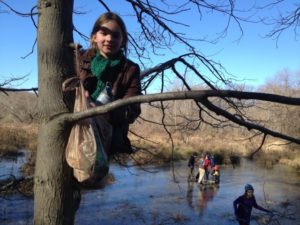 “So proud of my daughter, Sophia. She started off the week not sure if she wanted to go to Ancestral Knowledge Wood Wise I Camp, anxious at first that she was the only girl until a few more girls showed up. She came home every day with a layer of dirt and a smile on her face. Today she was so proud that she had earned her bead for going out in the woods alone, sitting quietly for half an hour, and observing animals. I’m grateful to the young women who were her role models as counselors this week. Sophia seems stronger and more confident. Ancestral Knowledge Camp seems to be an effective counter to princess culture. (See
“So proud of my daughter, Sophia. She started off the week not sure if she wanted to go to Ancestral Knowledge Wood Wise I Camp, anxious at first that she was the only girl until a few more girls showed up. She came home every day with a layer of dirt and a smile on her face. Today she was so proud that she had earned her bead for going out in the woods alone, sitting quietly for half an hour, and observing animals. I’m grateful to the young women who were her role models as counselors this week. Sophia seems stronger and more confident. Ancestral Knowledge Camp seems to be an effective counter to princess culture. (See 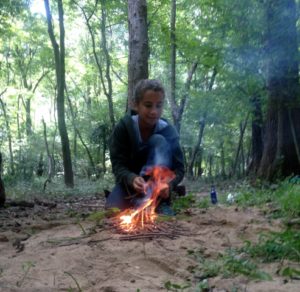
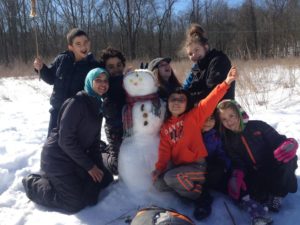 Teaching Kids to love the winter
Teaching Kids to love the winter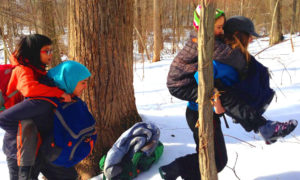
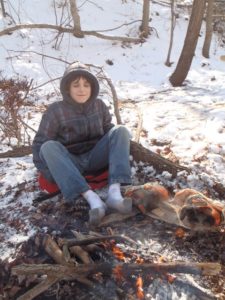 We encourage everyone to get out and enjoy the outdoors during the winter time. However everyone responds to cold temperatures differently. Keeping feet, hands, and clothing dry is very important because toes and fingers are most susceptible to damage from the cold. Whenever possible carry an extra pair of socks in case your feet get wet and a couple plastic shopping bags to put over the dry socks to avoid the boots saturating the dry socks. Wet feet, hands, and clothing need to be addressed in a timely fashion because wet clothing will cause you to lose warmth. If you get wet its best to get indoors or change those layers. If that’s not possible build a fire to warm up and dry out those wet clothes. Being prepared and dressing properly will allow for hours of winter fun and exploration!
We encourage everyone to get out and enjoy the outdoors during the winter time. However everyone responds to cold temperatures differently. Keeping feet, hands, and clothing dry is very important because toes and fingers are most susceptible to damage from the cold. Whenever possible carry an extra pair of socks in case your feet get wet and a couple plastic shopping bags to put over the dry socks to avoid the boots saturating the dry socks. Wet feet, hands, and clothing need to be addressed in a timely fashion because wet clothing will cause you to lose warmth. If you get wet its best to get indoors or change those layers. If that’s not possible build a fire to warm up and dry out those wet clothes. Being prepared and dressing properly will allow for hours of winter fun and exploration! The Outer Layer (Outer winter coats and Snow pants) – The outer layer or shell should be waterproof, providing protection from wind, rain and snow. Waterproof shells typically have minimal insulation so they can be worn over the inner layers without being too balky . You’ll find outer shells in both jackets and pants, making them ideal for a number of cold-weather activities. Your winter coat should have a hood, be wind-resistant, water-repellent and breathable. Down jackets, filled with goose feathers, are excellent for warmth but need to be protected in wet weather with a rain jacket. Fleece-lined ski jackets are excellent also. One-piece snowsuits might be appropriate for kids who spend all day outdoors in the winter. Snowsuits are highly water-resistant and provide the maximum protection from the wet snow.
The Outer Layer (Outer winter coats and Snow pants) – The outer layer or shell should be waterproof, providing protection from wind, rain and snow. Waterproof shells typically have minimal insulation so they can be worn over the inner layers without being too balky . You’ll find outer shells in both jackets and pants, making them ideal for a number of cold-weather activities. Your winter coat should have a hood, be wind-resistant, water-repellent and breathable. Down jackets, filled with goose feathers, are excellent for warmth but need to be protected in wet weather with a rain jacket. Fleece-lined ski jackets are excellent also. One-piece snowsuits might be appropriate for kids who spend all day outdoors in the winter. Snowsuits are highly water-resistant and provide the maximum protection from the wet snow.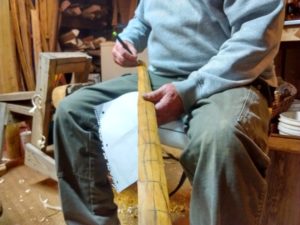 The bow making is underway. We are running at maximum capacity in both the Spirit of the Hunt Apprenticeship and the upcoming Self Bow Making workshop.
The bow making is underway. We are running at maximum capacity in both the Spirit of the Hunt Apprenticeship and the upcoming Self Bow Making workshop.